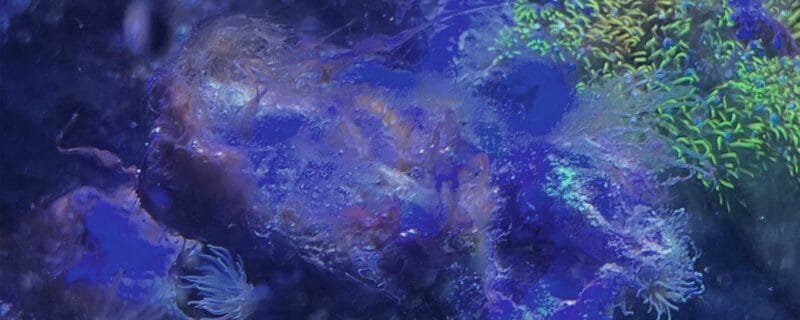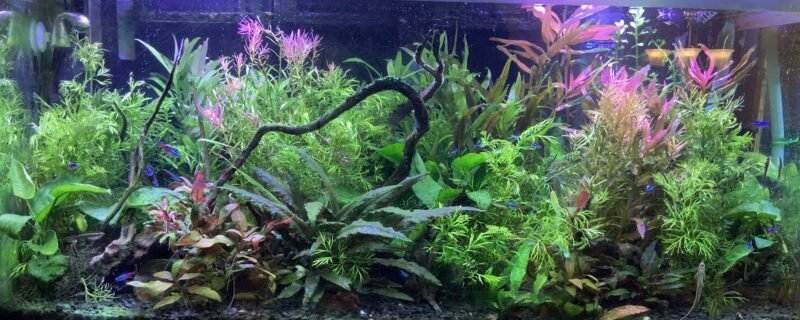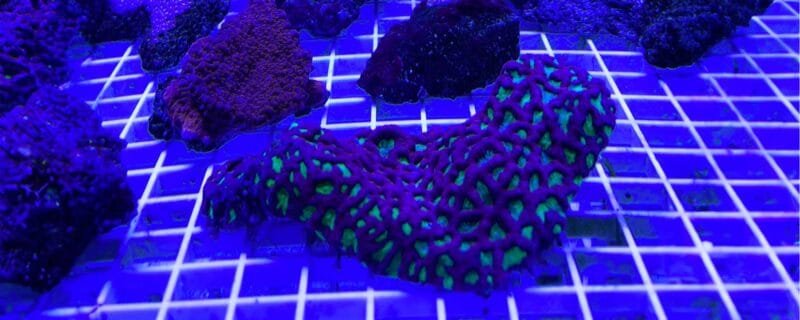Introduction
When we gaze into the mesmerizing world of aquariums, we often focus on the vibrant fish, lush plants, and captivating underwater landscapes. However, there’s a crucial yet often overlooked element that plays a vital role in maintaining a healthy aquatic environment: water surface movement. In this blog post, we’ll explore the significance of water surface movement in your aquarium and its many benefits for both the aquatic life and the overall ecosystem.
The Role of Water Surface Movement
Water surface movement refers to the gentle or moderate agitation of the water’s surface in your aquarium. This movement can be created through the use of various tools and equipment, including air stones, powerheads, or simply adjusting your filtration system.
Why Is Water Surface Movement Important?
- Oxygen Exchange: Perhaps the most critical role of water surface movement is its contribution to oxygen exchange. As water agitates at the surface, it allows for the diffusion of oxygen from the air into the water and the release of carbon dioxide from the water into the air. This ensures that your fish, plants, and beneficial bacteria receive an adequate oxygen supply.
- Surface Debris Removal: Water surface movement helps prevent the accumulation of debris, organic matter, and pollutants on the water’s surface. This not only keeps your aquarium looking cleaner but also enhances water quality by reducing the potential for harmful substances to concentrate.
- Temperature Regulation: Surface movement aids in maintaining consistent water temperatures by promoting heat exchange with the surrounding air. This is particularly important for tropical and sensitive species that require stable temperatures to thrive.
- Preventing Stagnation: Stagnant water can create pockets of low oxygen levels and encourage the growth of harmful microorganisms, such as cyanobacteria (red slime algae). Water surface movement helps prevent stagnation by promoting water circulation throughout the entire aquarium.
- Enhanced Gas Exchange: In addition to oxygen and carbon dioxide exchange, water surface movement facilitates the transfer of other gases, such as ammonia and nitrogen, which are byproducts of biological filtration. This promotes a healthier nitrogen cycle and overall water quality.
How to Achieve Adequate Water Surface Movement
Achieving the right amount of water surface movement is essential for a well-balanced aquarium ecosystem. Here are some methods to ensure proper surface agitation:
- Air Stones and Air Pumps: Air stones connected to air pumps create bubbles that rise to the surface, agitating the water.
- Powerheads: Submersible powerheads can be strategically placed to create directional flow and surface movement.
- Adjusting Filtration: Some aquarium filters, like hang-on-back and canister filters, can be adjusted to create surface ripples.
- Aquascaping and Decor: Carefully arranging aquarium decorations and plants can create natural water flow patterns.
Conclusion:
A Balanced Aquarium Ecosystem
Water surface movement may seem subtle, but its impact on your aquarium’s health and stability cannot be overstated. By ensuring adequate oxygen exchange, preventing stagnation, and promoting water quality, you’re fostering a thriving aquatic ecosystem where your fish, plants, and beneficial bacteria can flourish. So, embrace the gentle ripple effect and enjoy the benefits of a well-aerated and balanced aquarium.







